1. Introduction
Education has always been at the forefront of innovation, constantly evolving to meet the changing needs of learners. In recent years, two transformative technologies, Augmented Reality (AR) and Artificial Intelligence (AI), have gained significant traction and are poised to revolutionize the education landscape. By combining the power of AR and AI, educators can create immersive, personalized, and interactive learning experiences that were previously unimaginable. In this article, we will explore the possibilities of using Augmented Reality and AI in education and the potential benefits they offer to students and teachers alike.
2. The Rise of Augmented Reality in Education
Augmented Reality is a technology that overlays digital content onto the real world, enhancing the user’s perception and interaction with their environment. In education, AR has gained popularity due to its ability to engage students and provide them with a deeper understanding of complex concepts. With the help of AR, textbooks come to life, and abstract ideas become tangible, opening up endless possibilities for interactive and exciting learning experiences.
3. Enhancing Learning Experiences with Augmented Reality
3.1 Engaging Visualizations and Simulations
AR enables students to visualize abstract concepts by bringing them to life through interactive 3D models and visualizations. For example, in biology classes, students can explore the human body in detail by virtually dissecting organs and studying their functions. This hands-on approach opens up endless possibilities for enhancing comprehension and retention of knowledge.
3.2 Interactive Learning Environments
AR, or Augmented Reality, offers countless possibilities for students to experience real-world applications of their learning without leaving the classroom. For instance, history students can embark on virtual field trips that transport them to ancient civilizations, unlocking a realm of exploration into historical sites and artifacts. By seamlessly blending virtual elements with the physical world, AR creates highly immersive and interactive experiences, bridging the gap between theory and practice. The possibilities are endless, as students can delve into scientific experiments, simulate complex engineering processes, explore distant landscapes, or even engage in interactive language learning. AR opens up a new dimension of educational opportunities, making learning more meaningful, engaging, and relevant to students’ lives.
3.3 Real-World Applications and Field Trips
AR enables students to experience real-world applications of their learning without leaving the classroom. For instance, history students can visit ancient civilizations through virtual field trips, exploring historical sites and artifacts in a highly immersive and interactive manner. This bridges the gap between theory and practice, making learning more meaningful.
4. The Integration of AI in Education
Artificial Intelligence (AI) is revolutionizing education by offering a multitude of possibilities for personalized learning experiences and intelligent automation. Through sophisticated algorithms, AI can analyze vast amounts of student data and provide customized recommendations tailored to individual needs. By adapting the learning pace and content, AI promotes self-paced learning, allowing students to progress at their own speed and grasp concepts more effectively. The possibilities are vast, as AI can generate personalized lesson plans, offer targeted feedback, and even create adaptive assessments that accurately assess students’ knowledge and skills. Furthermore, AI-powered virtual tutors and chatbots can provide instant support, answering students’ questions and guiding them through challenging concepts. The integration of AI in education maximizes student engagement, empowers educators with valuable insights, and opens up new frontiers for innovative teaching methodologies.
4.1 Personalized Learning and Adaptive Systems
AI-powered adaptive learning systems utilize machine learning algorithms to tailor educational content and activities to each student’s strengths, weaknesses, and learning style. By providing personalized feedback and adapting the curriculum in real-time, AI helps students learn at their own pace, fostering a deeper understanding of the subject matter.
4.2 Intelligent Tutoring and Feedback
AI tutors provide personalized assistance to students, offering immediate feedback and guidance. These virtual tutors can identify misconceptions, answer questions, and provide explanations, augmenting the role of teachers in the learning process. AI-based feedback systems also enable students to track their progress and identify areas that require further attention.
4.3 Automated Grading and Assessment
AI can automate the grading and assessment process, saving teachers valuable time. By leveraging natural language processing and machine learning algorithms, AI systems can analyze student responses, evaluate complex assignments, and provide objective feedback. This allows teachers to focus on personalized instruction and individualized support.
5. The Synergy of Augmented Reality and AI
The combination of Augmented Reality and AI holds immense potential to transform education further. When integrated, these technologies can create a synergistic effect, enhancing learning experiences and empowering both students and educators.
5.1 Immersive Learning Experiences
By merging AR and AI, learners can immerse themselves in virtual environments that adapt to their needs and preferences. AI algorithms can analyze user interactions and provide real-time feedback and guidance, while AR overlays contextual information, simulations, and interactive elements. This immersive learning experience stimulates curiosity and deepens understanding.
5.2 Intelligent Content Delivery
AI algorithms can curate and deliver personalized educational content based on the learner’s progress, preferences, and goals. AR complements this by providing a dynamic and interactive medium for content delivery, ensuring that students remain engaged and motivated. The combination of personalized content and interactive AR experiences creates a powerful learning environment.
5.3 Enhancing Collaboration and Communication
AR and AI can facilitate collaboration and communication among students and teachers. Virtual classrooms and collaborative AR environments enable students to work together on projects, share ideas, and explore complex concepts in a team setting. AI-powered chatbots and virtual assistants provide instant support, enhancing communication and accessibility.
6. Overcoming Challenges and Limitations
While the integration of Augmented Reality and AI in education offers numerous benefits, there are also challenges and limitations that need to be addressed.
6.1 Cost and Accessibility
Implementing AR and AI technologies in educational settings can be costly, especially for schools with limited resources. Additionally, ensuring equitable access to these technologies for all students remains a challenge. Efforts should be made to make AR and AI solutions more affordable and accessible to promote inclusivity.
6.2 Teacher Training and Support
To effectively leverage AR and AI in the classroom, teachers need adequate training and ongoing support. Professional development programs should be established to equip educators with the necessary skills and knowledge to integrate these technologies seamlessly into their teaching practices.
6.3 Privacy and Ethical Concerns
AR and AI raise privacy and ethical concerns related to data collection and usage. Student data should be protected, and appropriate measures should be in place to ensure the responsible and ethical use of AI technologies in educational contexts. Clear guidelines and policies need to be established to safeguard student privacy and promote responsible data practices.
7. Future Directions and Possibilities
The future of education lies in the continued exploration and integration of Augmented Reality and AI. Here are some potential directions and possibilities for these technologies:
7.1 Augmented Reality and AI in Remote Learning
AR and AI can play a crucial role in remote learning environments by providing engaging and interactive experiences that simulate the traditional classroom setting. Students can participate in virtual labs, collaborate with peers, and receive personalized instruction, regardless of their physical location.
7.2 Skill Development and Job Readiness
AR and AI can be instrumental in developing essential skills for the future workforce. By offering realistic simulations and training scenarios, these technologies enable students to acquire practical skills and enhance their job readiness. Industries such as healthcare, engineering, and manufacturing can benefit from AR and AI-powered training programs.
7.3 Augmented Reality as a Tool for Inclusion
AR has the potential to break barriers and create inclusive learning environments. It can provide additional support for students with disabilities, offering tailored experiences and accommodations. By leveraging AI, AR can adapt content to meet individual needs, making education more accessible and inclusive for all learners.
8. Conclusion
The combination of Augmented Reality and Artificial Intelligence holds immense promise for transforming education. By leveraging the power of AR to enhance learning experiences and integrating AI to personalize instruction, educators can create engaging, immersive, and student-centered classrooms. As these technologies continue to evolve, it is crucial to address the challenges, ensure accessibility, and prioritize responsible implementation to unlock the full potential of AR and AI in education.
Frequently Asked Questions (FAQs)
1. What is the difference between virtual reality and augmented reality?
Virtual reality (VR) creates a completely immersive digital environment, while augmented reality (AR) overlays digital content onto the real world. VR transports users to a virtual world, whereas AR enhances the real world by adding digital elements.
2. Can augmented reality be used in all subjects?
Yes, augmented reality can be used across various subjects. It has applications in STEM fields, history, geography, language learning, art, and more. AR enhances learning experiences by providing interactive and visual representations of concepts.
3. Is there any evidence that shows the effectiveness of augmented reality in education?
Yes, numerous studies have demonstrated the effectiveness of augmented reality in education. AR has been shown to increase student engagement, improve retention of knowledge, and enhance critical thinking and problem-solving skills.
4. Are there any age restrictions for using augmented reality in the classroom?
Augmented reality can be used across different age groups, from primary school to higher education. However, the complexity and content of AR experiences should be age-appropriate and aligned with the curriculum.
5. How can teachers incorporate augmented reality and AI into their lesson plans?
Teachers can incorporate augmented reality and AI into their lesson plans by using AR-enabled apps, tools, and platforms. They can also leverage AI-powered adaptive learning systems, virtual tutors, and intelligent feedback systems to personalize instruction and enhance student learning outcomes.

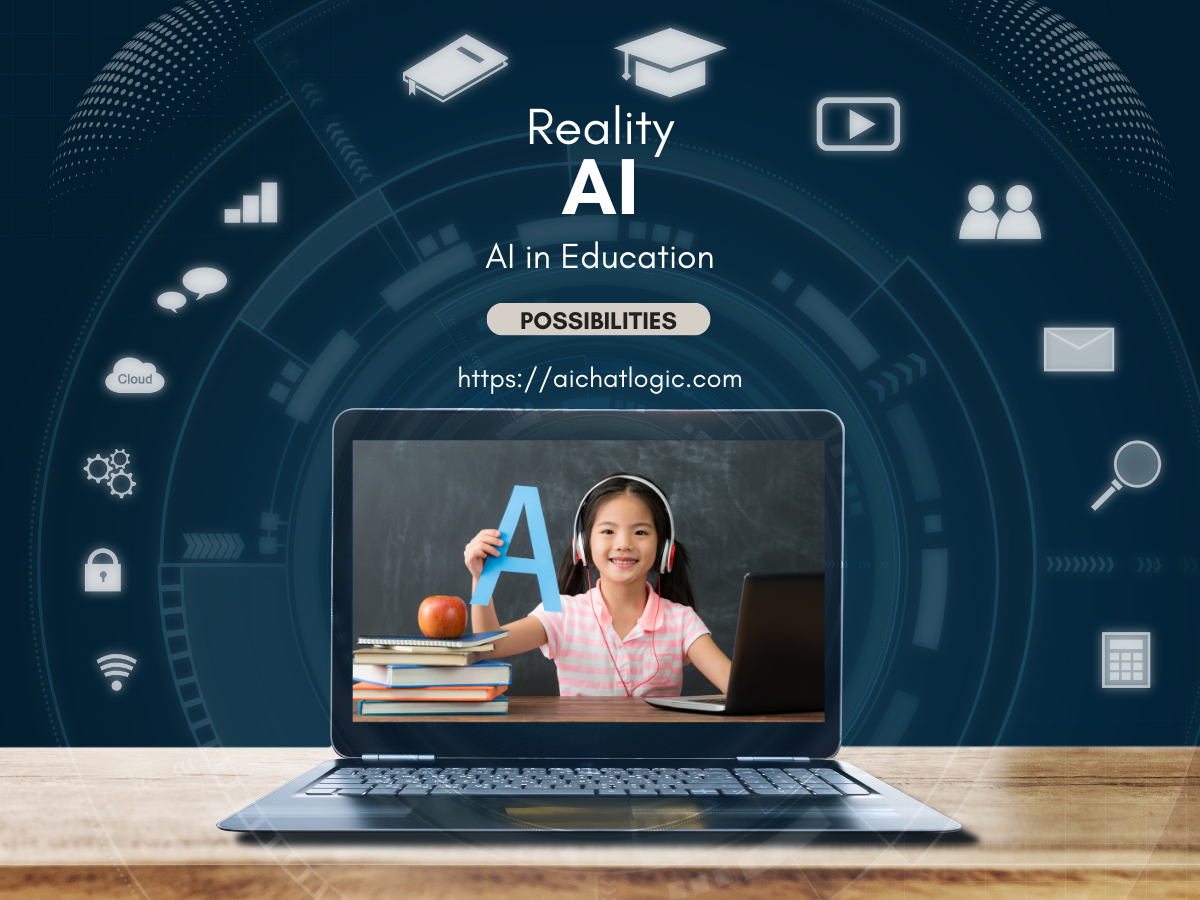


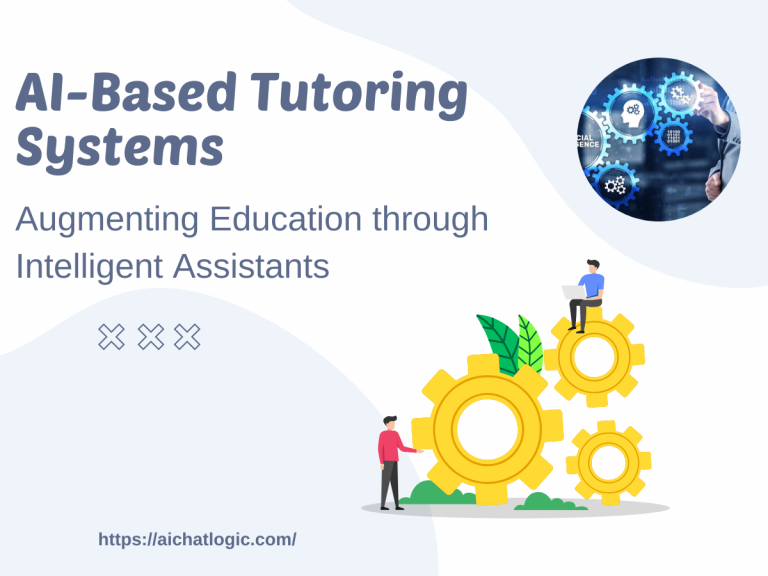

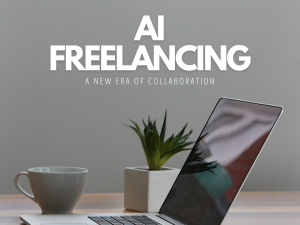
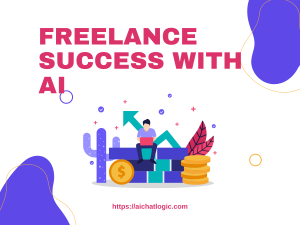
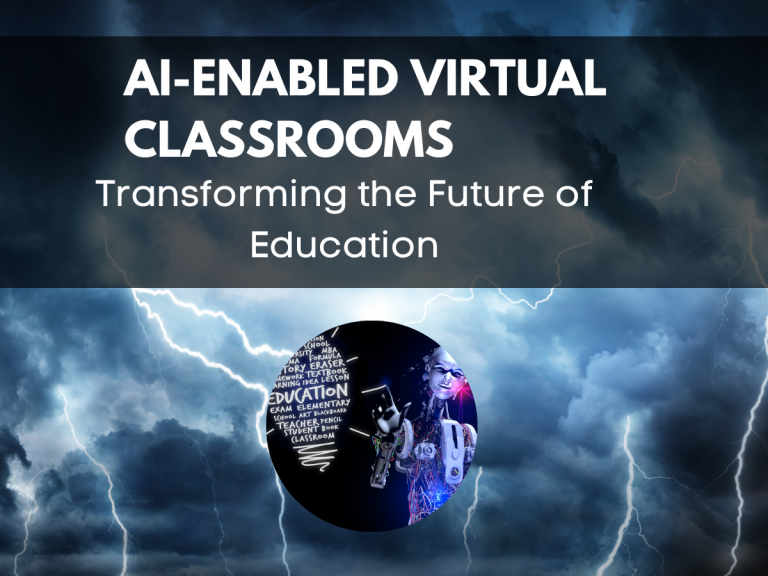

+ There are no comments
Add yours